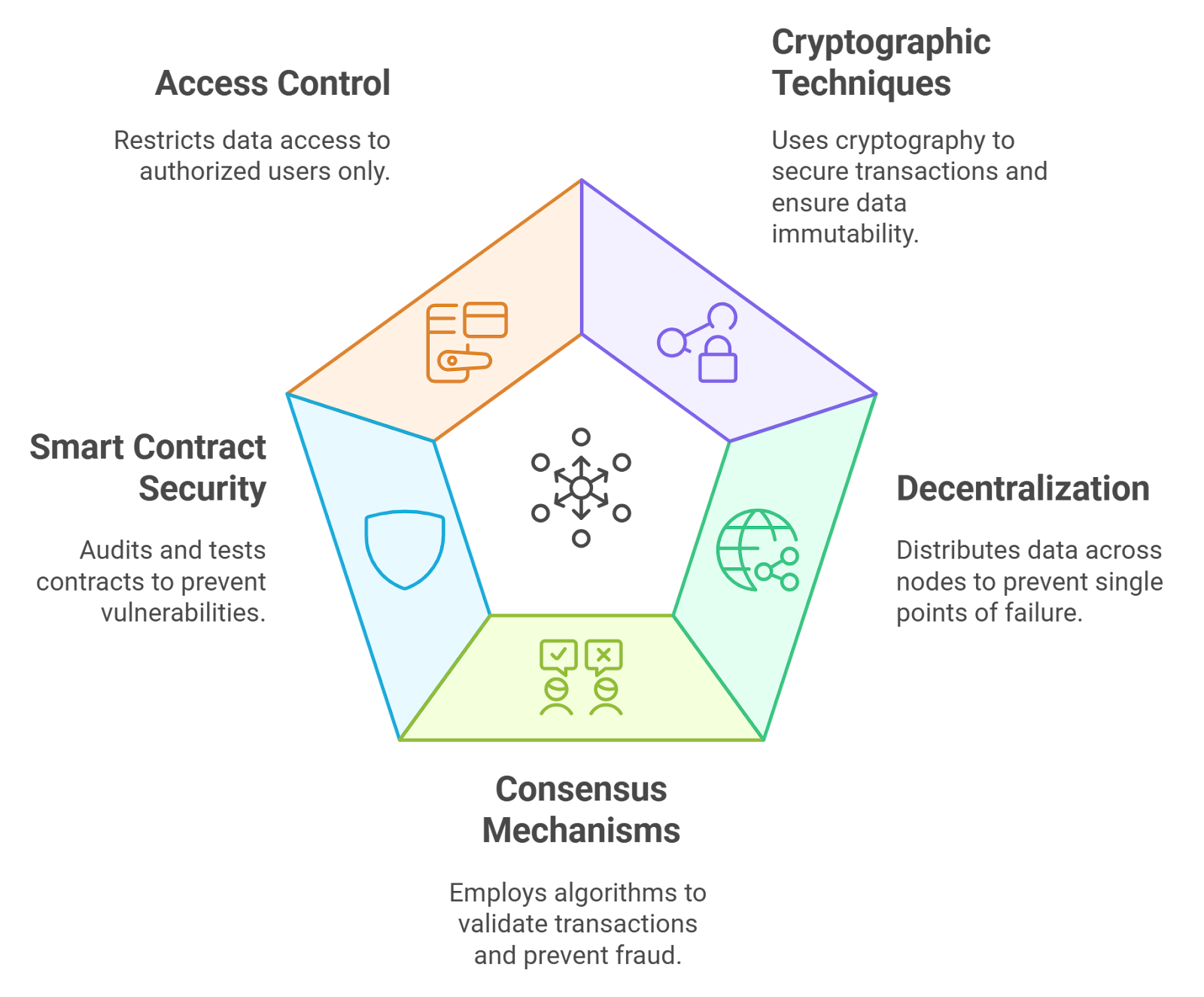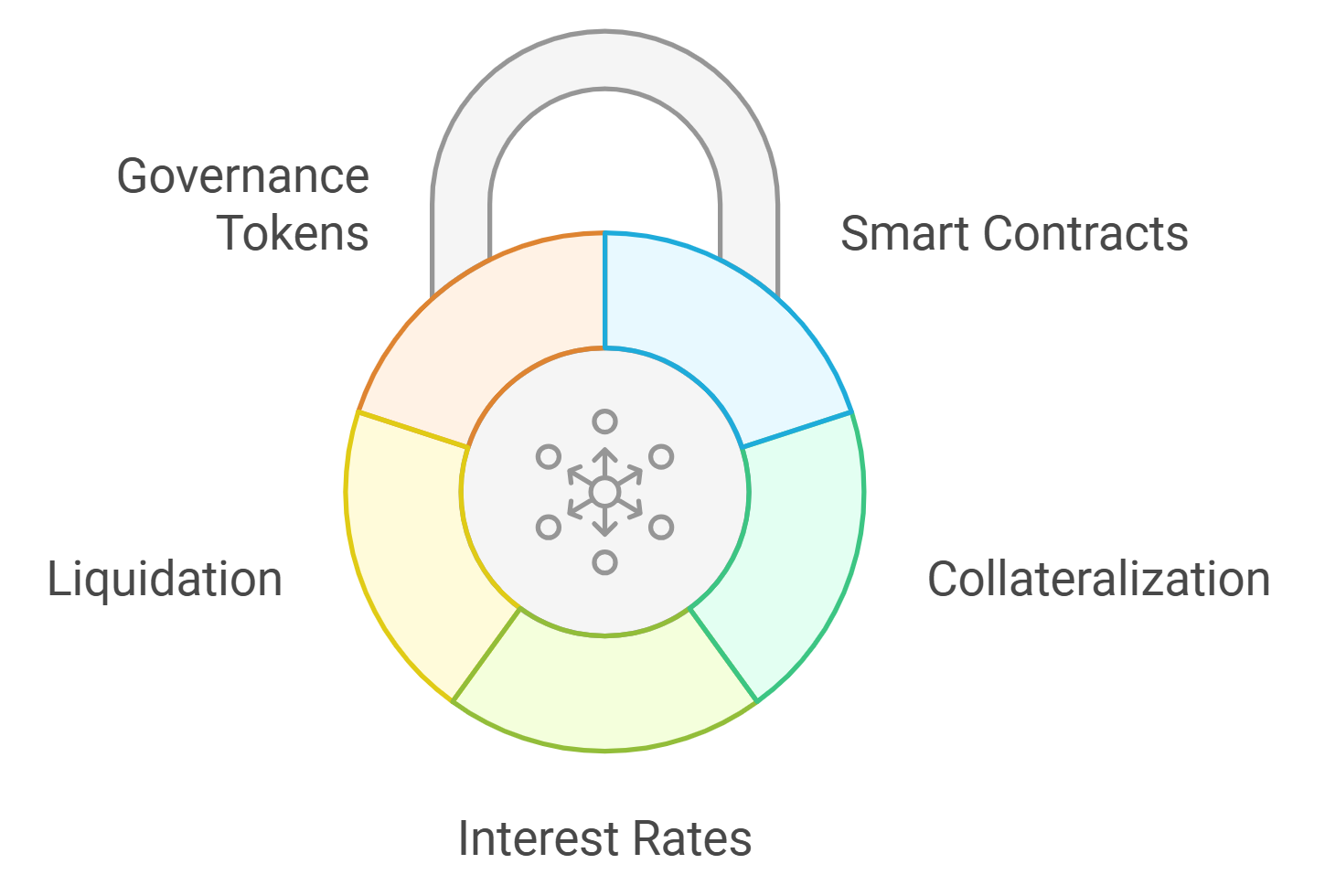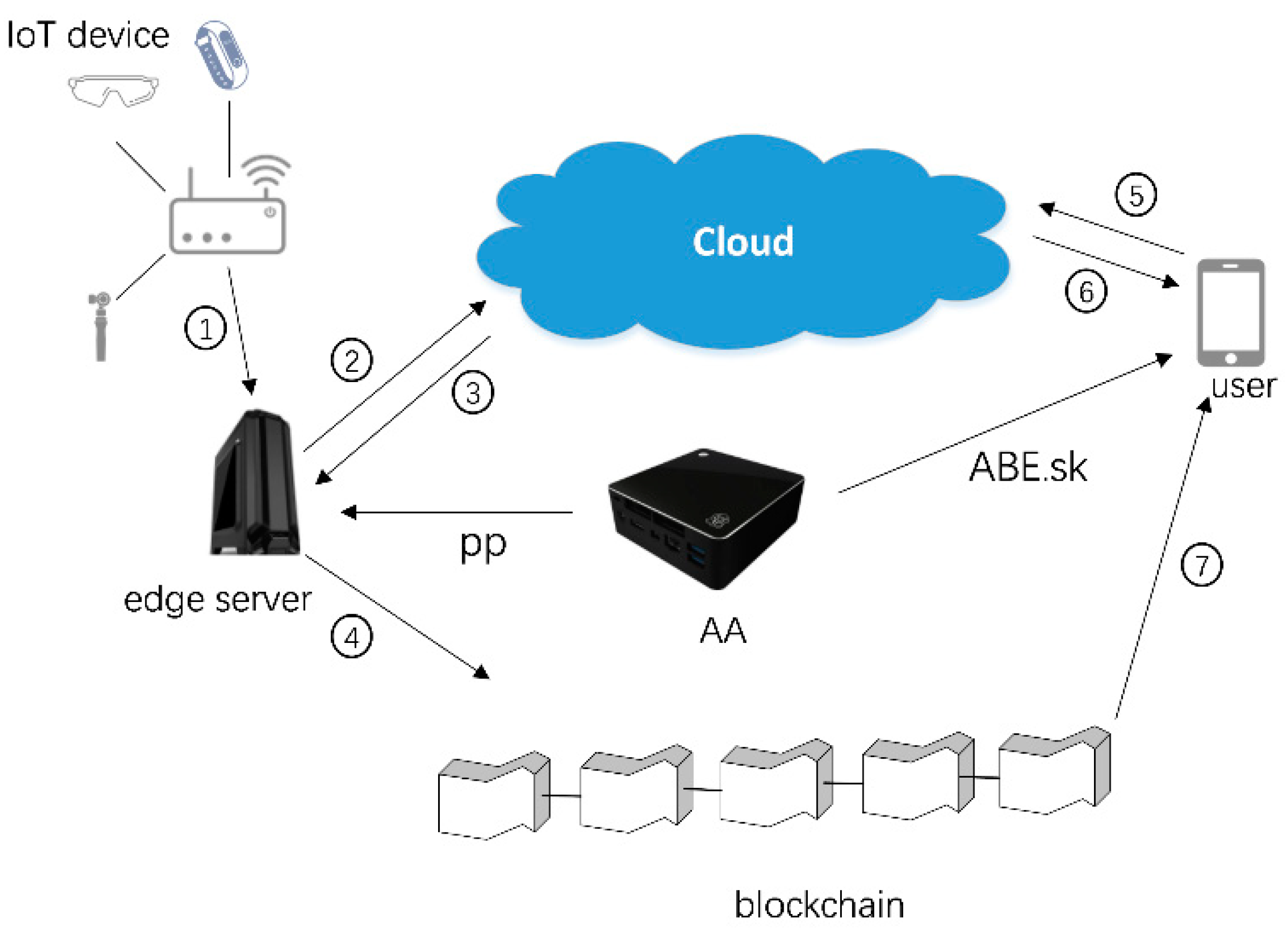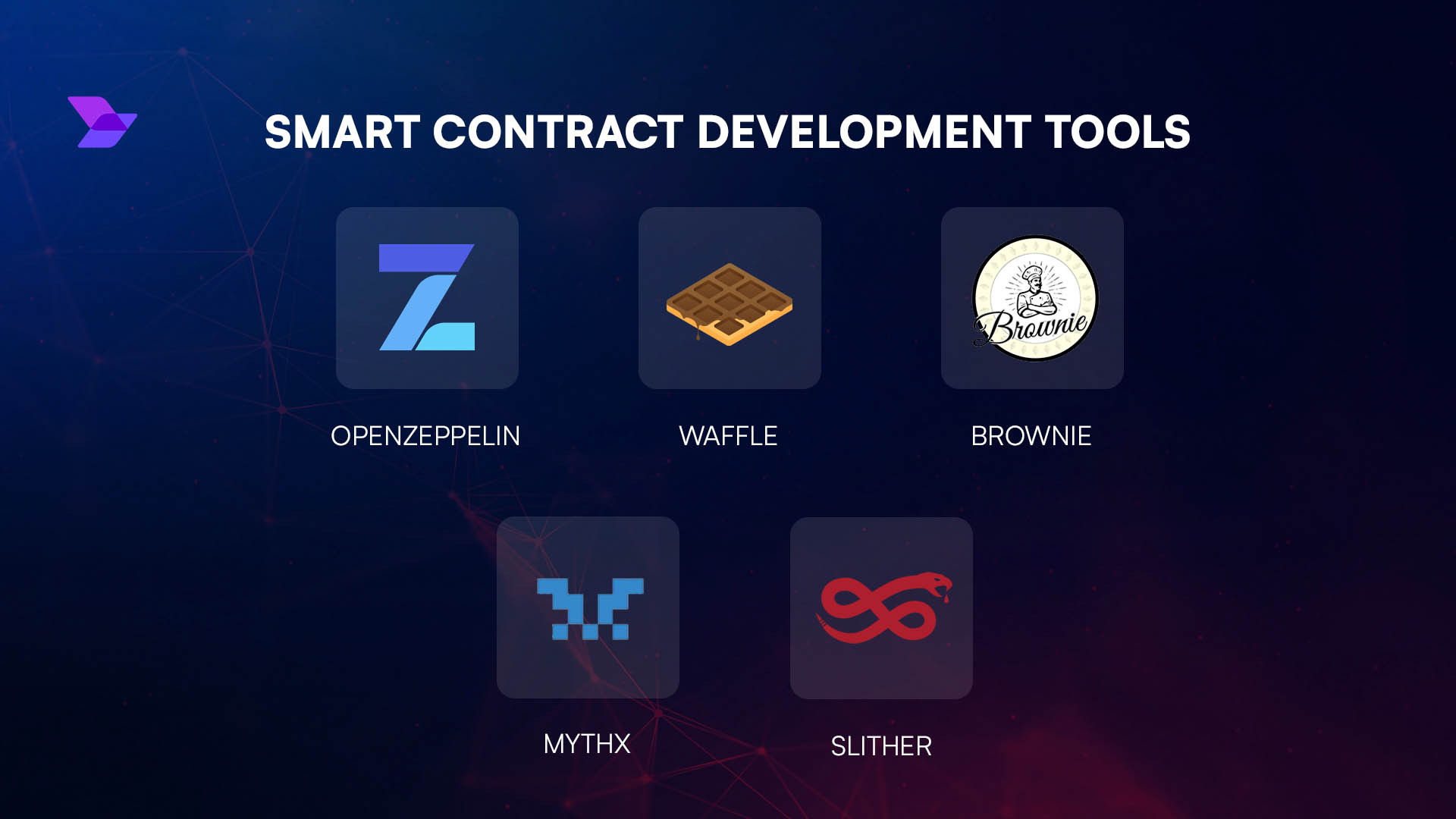
Most smart contracts on public blockchains are radically transparent by default. Every input, output, and state change is visible to anyone with a block explorer. While this transparency has fueled trust in DeFi and open finance, it’s also a double-edged sword: sensitive data like financial details, bids in auctions, or votes in governance proposals become public knowledge. This is where Fully Homomorphic Encryption (FHE) fundamentally changes the privacy landscape for smart contracts.

How FHE Unlocks Confidential Smart Contracts
FHE is a cryptographic breakthrough that allows computations to be performed directly on encrypted data. The result: you can process information without ever decrypting it on-chain. For developers and enterprises looking to deploy confidential smart contracts on permissionless blockchains, this means sensitive business logic and user data can remain private even as contract execution remains publicly verifiable.
This paradigm shift enables several transformative use cases:
5 Real-World Blockchain Scenarios Enabled by FHE Confidential Smart Contracts
-

Private Decentralized Finance (DeFi) Transactions: FHE allows users to interact with DeFi protocols—such as lending, borrowing, and trading—while keeping transaction details, balances, and strategies fully encrypted. Platforms like Inco Network are pioneering confidential DeFi using FHE, enabling users to protect sensitive financial data on public blockchains.
-

Confidential Voting Systems: With FHE, blockchain-based voting can be truly private and verifiable. Voters submit encrypted ballots, ensuring anonymity, while smart contracts tally votes without decrypting individual choices. Zama’s fhEVM enables developers to build such privacy-preserving voting dApps directly in Solidity.
-

Sealed-Bid Auctions: FHE-powered smart contracts facilitate sealed-bid auctions where all bids remain encrypted until the auction ends. This prevents front-running and bid manipulation. Projects like Fhenix are exploring confidential auction mechanisms using FHE rollups on Ethereum Layer 2.
-

Private Collateralized Loans: Institutional and retail users can pledge collateral and take out loans without revealing sensitive financial details to the public. FHE ensures that collateral amounts and loan terms are processed confidentially, as demonstrated by platforms integrating FHE with ERC-1155 token contracts.
-

Secure Data Marketplaces: FHE enables the creation of decentralized data marketplaces where encrypted data can be bought, sold, and analyzed without exposing the underlying information. Only authorized buyers can decrypt and use the purchased data, preserving privacy and regulatory compliance.
Unlike traditional approaches such as zero-knowledge proofs (which prove something about data without revealing it), FHE actually enables the contract to perform arbitrary operations on encrypted inputs and maintain an encrypted state, without ever exposing raw values to the network. This unlocks a new class of privacy-preserving decentralized applications (dApps) including confidential DeFi, private governance voting, and sealed-bid auctions.
The Mechanics: Encrypted Inputs, Outputs and State
Let’s break down how FHE-powered smart contracts work in practice:
- Encrypted Inputs: Users encrypt their data client-side before submitting it to the blockchain. Only they hold the decryption keys.
- Encrypted Computation: The smart contract executes its logic directly on these ciphertexts using FHE-compatible instructions. At no point does the contract see or leak the plaintext values.
- Encrypted State and Outputs: Any contract state variables or return values remain encrypted at rest and in transit. Only authorized parties can decrypt results using their private keys.
This approach ensures that even if every node in the network is adversarial, no sensitive information is exposed during computation or storage, an essential requirement for regulated industries or high-value transactions.
Pioneering Implementations: Solidity Meets FHE
The ecosystem around fully homomorphic encryption smart contracts is evolving rapidly. Several projects are leading the charge by integrating FHE into familiar blockchain environments:
- Zama’s fhEVM: Lets Solidity developers write end-to-end encrypted smart contracts with minimal cryptography expertise required.
- Fhenix: An Ethereum Layer 2 leveraging FHE rollups for confidential computation compatible with EVM tooling.
- Inco Network: A modular Layer 1 combining EVM compatibility with native support for privacy-preserving DeFi and analytics via FHE.
This rapid pace of innovation hints at a future where Solidity FHE integration becomes as routine as writing standard ERC-20 tokens today. Developers gain access to powerful privacy primitives without sacrificing composability or decentralization, key ingredients for mainstream adoption of confidential dApps.
But as with any cryptographic leap, deploying confidential smart contracts FHE comes with new engineering and operational challenges. The most immediate is performance: FHE computations are still orders of magnitude slower than their plaintext counterparts. While teams like Zama have made significant progress using GPU acceleration and custom coprocessors, developers must carefully benchmark and optimize their contracts for real-world throughput. This is especially critical for DeFi protocols or high-frequency trading applications where latency can make or break the user experience.
Key Management and Security Considerations
Another crucial factor is key management. Since only those with the correct decryption keys can access results, robust protocols are necessary to prevent single points of failure. Threshold cryptography, multi-party computation (MPC), or hardware security modules (HSMs) are being explored to distribute trust and minimize risk. In regulated industries, these approaches also support compliance requirements around data custody and auditability.
Additionally, integrating FHE into existing blockchain stacks, especially those not designed for privacy by default, requires thoughtful design at both the protocol and application layers. Compatibility with Ethereum’s EVM, for example, is being tackled by projects like Zama’s fhEVM and Fhenix’s rollups. These solutions enable developers to leverage familiar Solidity tooling while abstracting away much of the cryptographic complexity under the hood.
Key Challenges of Encrypted Computations on Public Blockchains
-

High Computational Overhead: Fully Homomorphic Encryption (FHE) operations are significantly more resource-intensive than standard cryptographic methods, leading to increased latency and higher costs for on-chain computations.
-

Complex Key Management: Managing encryption and decryption keys securely is critical. Poor key management can undermine the confidentiality guarantees of FHE-enabled smart contracts.
-

Integration with Existing Blockchain Infrastructure: Incorporating FHE into established platforms like Ethereum requires careful engineering to maintain compatibility and performance, as seen with solutions like Zama’s fhEVM and Fhenix.
-

Scalability Limitations: The added computational complexity of FHE can restrict transaction throughput and network scalability, posing challenges for widespread adoption of confidential smart contracts.
-

Limited Developer Tooling and Ecosystem: The ecosystem for FHE in smart contracts is still emerging, with relatively few mature development tools, libraries, and best practices available to streamline adoption.
Expanding Use Cases: From DeFi to Private Governance
The privacy guarantees offered by FHE unlock a spectrum of new blockchain applications previously out of reach due to transparency constraints:
- Privacy-preserving DeFi: Imagine lending protocols where collateral amounts remain confidential yet verifiable, or DEXs that offer private swaps without leaking trading strategies.
- Private governance: On-chain voting where ballots stay secret but results are provably correct, crucial for DAOs managing sensitive decisions.
- Secure data marketplaces: Data owners can monetize insights without ever revealing raw data to buyers or intermediaries.
- KYC/AML compliance: User identities can be verified in zero-knowledge while maintaining regulatory standards and user privacy.
The ability to perform encrypted computations public blockchain-wide means that even traditional enterprises, banks, insurers, healthcare providers, can consider blockchain as a viable platform for sensitive workflows without sacrificing compliance or confidentiality.
What’s Next? The Road Ahead for Blockchain Privacy
The trajectory for fully homomorphic encryption smart contracts is clear: as performance improves and developer tooling matures, confidential computation will become a standard feature across major blockchains. Expect further research into hybrid models combining FHE with zero-knowledge proofs or trusted execution environments (TEEs) to balance efficiency and privacy guarantees.
The impact on mass adoption could be profound. By enabling confidential transactions without trusted intermediaries, blockchains can finally serve use cases from private auctions to secure medical data sharing, all while retaining public verifiability and composability. As more projects experiment with Solidity FHE integration, we’ll see a new generation of dApps that don’t force users to choose between privacy and decentralization.






